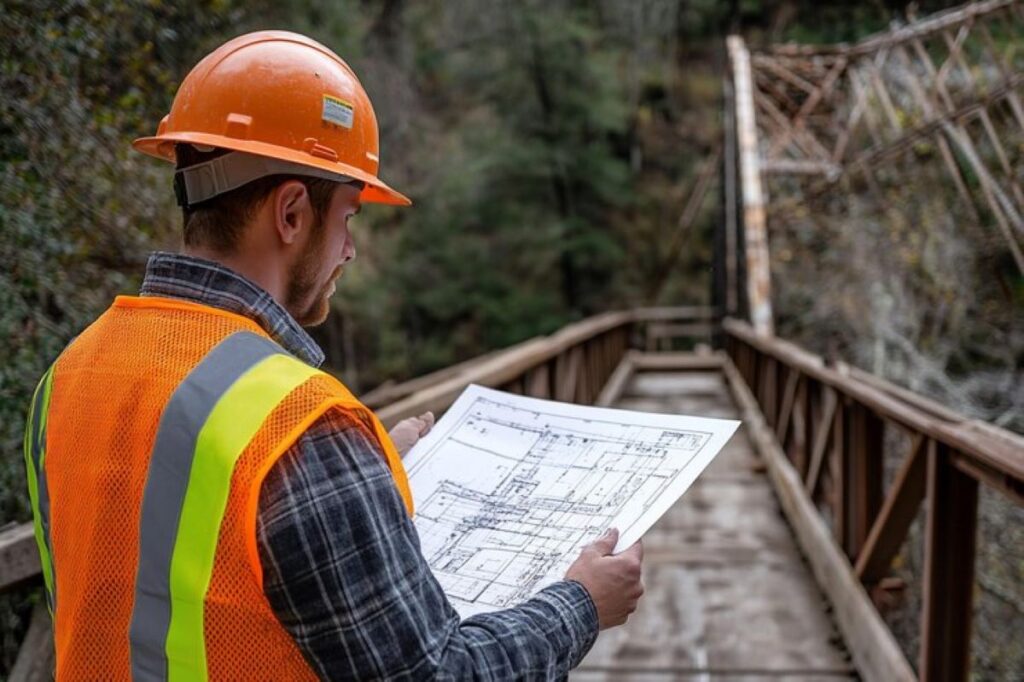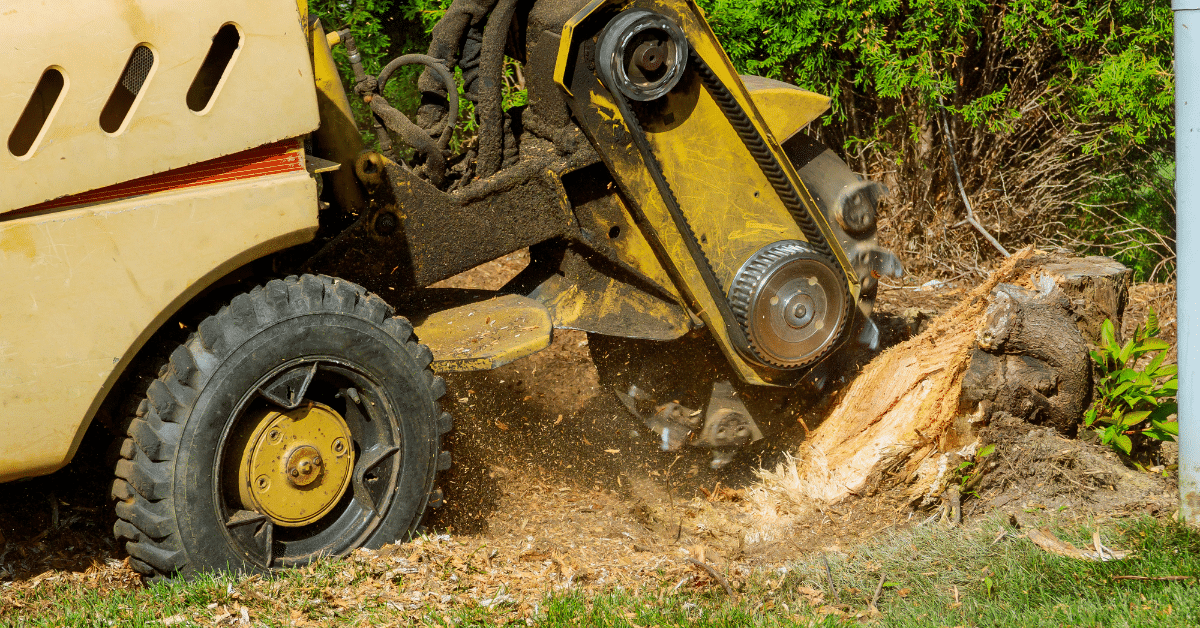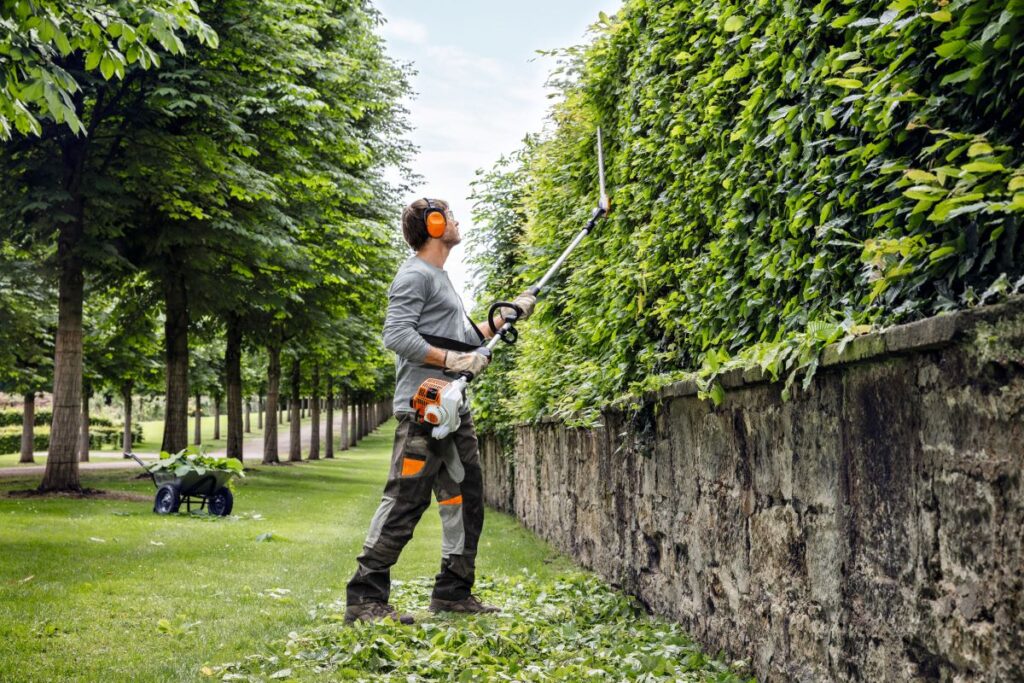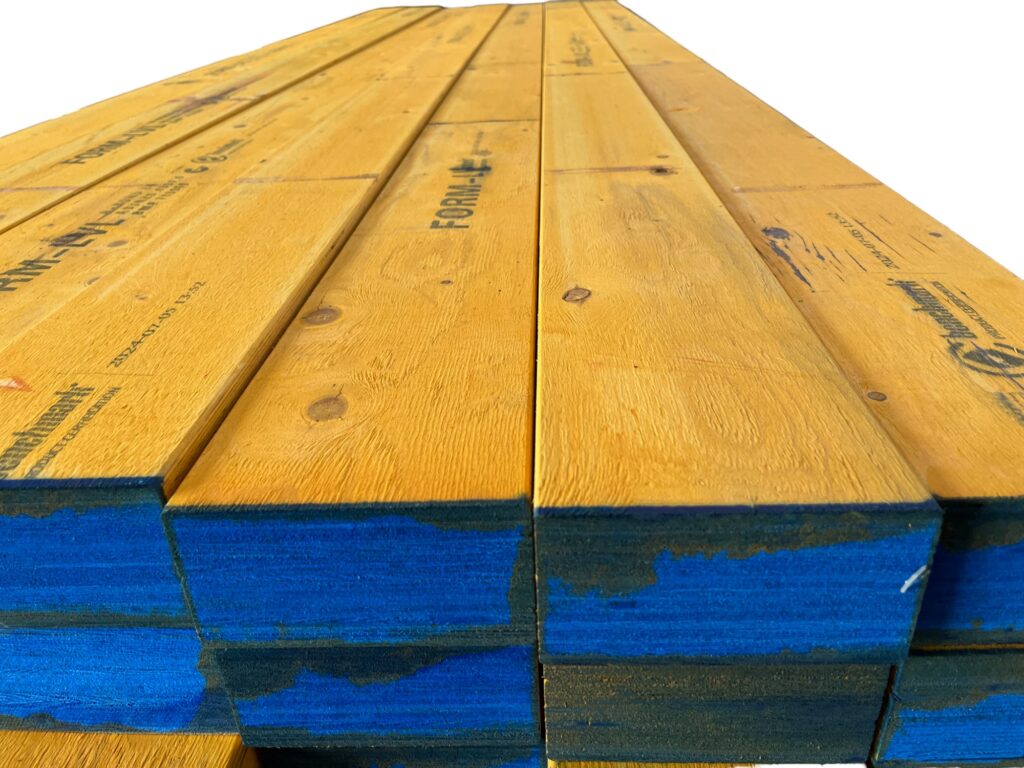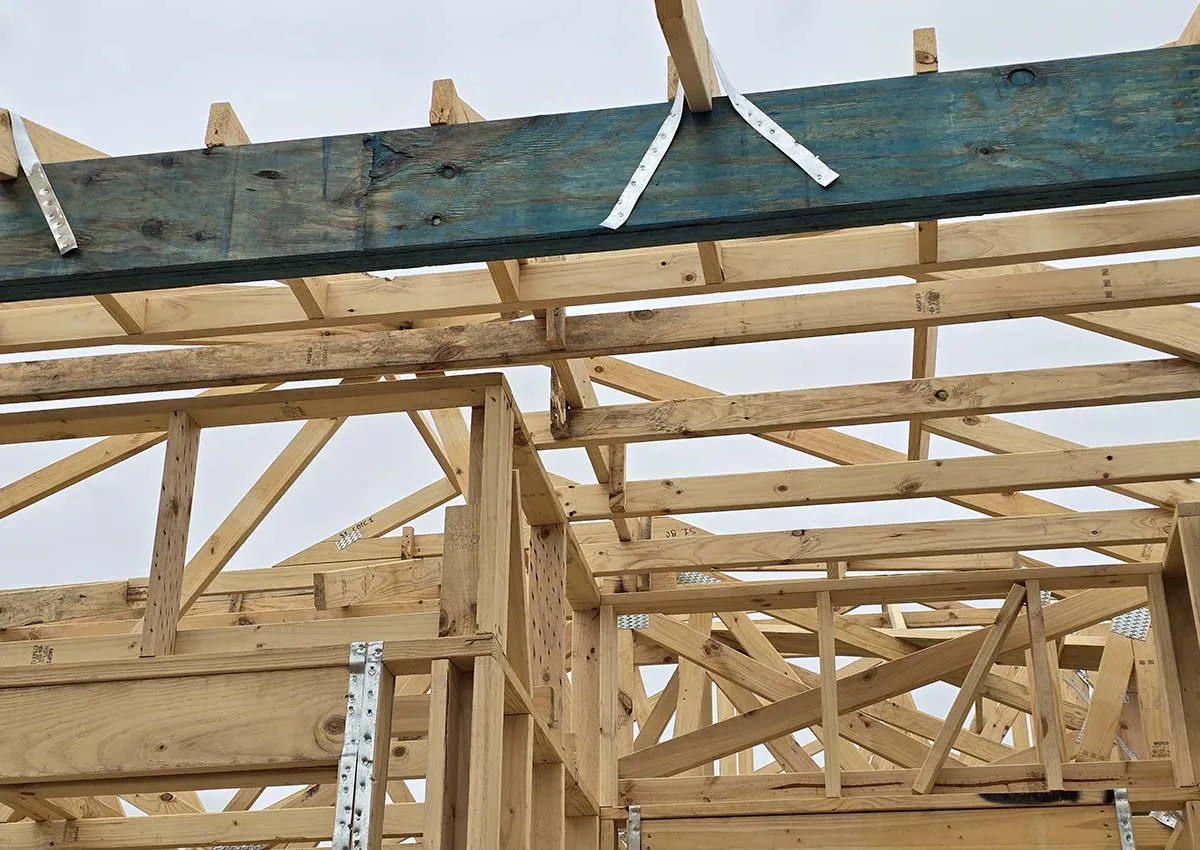In the complex world of construction, the role of a construction surveyor is often overlooked. However, these professionals are integral to the success of any building project. From the initial planning stages to the final touches, construction surveyors provide critical insights and services that ensure projects are completed on time, within budget, and to the required standards. This article delves into the various ways construction surveyors contribute to successful builds across Australia.
The Role of Construction Surveyors
Construction surveyors, also known as land surveyors, are responsible for measuring and mapping land and structures. Their expertise is vital in various stages of a construction project, ensuring that everything is aligned with legal and safety standards. They utilise advanced technology and methodologies to gather precise data, which is essential for informed decision-making.
Pre-Construction Surveys
Before any construction begins, surveyors conduct comprehensive pre-construction surveys. These surveys assess the land’s topography, boundaries, and existing structures. By identifying potential issues early on, such as land instability or zoning restrictions, surveyors help developers avoid costly mistakes later in the project.
Additionally, pre-construction surveys provide crucial information for designing the project. Understanding the land’s characteristics allows architects and engineers to create plans that are not only feasible but also optimally utilise the available space. This collaboration between surveyors and designers is vital for the overall success of the build. Moreover, surveyors often liaise with local authorities to ensure compliance with planning regulations, which can vary significantly across different regions. Their knowledge of local laws and environmental considerations can greatly influence the project’s direction, ensuring that it adheres to all necessary guidelines and mitigates any potential legal challenges.
Setting Out
Once the design phase is complete, the next step is the setting out process. This is where the construction surveyor marks the exact locations of structures, utilities, and other essential elements on the site. Accurate setting out is critical; even a minor error can lead to significant issues during construction, such as misaligned foundations or incorrect utility placements.
Surveyors employ various tools, including total stations and GPS technology, to ensure precision during the setting out process. Their expertise helps to maintain the integrity of the project, ensuring that all elements are built according to the approved plans. Furthermore, the setting out phase is not just about marking points; it also involves continuous monitoring and adjustments throughout the construction process. As the build progresses, surveyors frequently return to the site to verify that the work aligns with the original specifications, making real-time corrections as necessary. This ongoing oversight is crucial in preventing deviations that could compromise the project’s structural integrity or lead to costly rework, ultimately safeguarding the investment made by developers and stakeholders alike.
Compliance and Regulations
In Australia, the construction industry is heavily regulated, with numerous laws and standards that must be adhered to. Construction surveyors play a key role in ensuring compliance with these regulations, which helps to protect public safety and the environment.
Understanding Local Legislation
Each state and territory in Australia has its own set of building codes and regulations. Construction surveyors are well-versed in these local laws, which allows them to guide developers through the complex landscape of compliance. They ensure that all necessary permits are obtained and that the project adheres to zoning laws, environmental regulations, and safety standards.
This knowledge not only helps to mitigate legal risks but also enhances the reputation of the construction firm. A project that is completed in compliance with regulations is less likely to face legal challenges or public scrutiny.
Quality Assurance
Construction surveyors also contribute to quality assurance throughout the build. They conduct regular inspections to ensure that the work being carried out meets the required standards and specifications. This ongoing oversight helps to identify any issues early, allowing for timely corrections and reducing the likelihood of costly rework.
By maintaining high standards of quality, construction surveyors help to ensure that the final product is safe, durable, and fit for purpose. This commitment to quality not only benefits the project stakeholders but also enhances the overall reputation of the construction industry.
Cost Management
One of the most significant challenges in construction is managing costs. Construction surveyors play a pivotal role in this aspect by providing accurate measurements and data that inform budgeting and financial planning.

Accurate Measurements
Accurate measurements are fundamental to effective cost management. Construction surveyors use advanced technology to gather precise data on land and structures, which helps to create reliable cost estimates. This information is essential for project managers when allocating budgets and resources.
Moreover, by identifying potential issues early in the process, surveyors can help prevent budget overruns caused by unforeseen complications. Their expertise in land assessment and project planning allows for a more accurate financial forecast, which is crucial for the success of any construction project.
Value Engineering
Value engineering is another area where construction surveyors can make a significant impact. This process involves evaluating the project’s design and construction methods to identify opportunities for cost savings without compromising quality. Surveyors can provide insights into alternative materials, construction techniques, and design modifications that can reduce costs while maintaining the project’s integrity.
By collaborating with architects and engineers during the value engineering phase, construction surveyors help to optimise the project’s budget, ensuring that resources are used efficiently and effectively.
Risk Management
Construction projects are inherently risky, with numerous factors that can lead to delays, budget overruns, and safety hazards. Construction surveyors play a crucial role in risk management by identifying potential risks and implementing strategies to mitigate them.
Identifying Potential Risks
Through their detailed surveys and assessments, construction surveyors can identify potential risks associated with the site and the project. This includes factors such as unstable soil conditions, environmental hazards, and compliance issues. By addressing these risks early in the planning process, surveyors help to minimise the likelihood of complications during construction.
Furthermore, their expertise in local regulations ensures that the project complies with all legal requirements, reducing the risk of fines or legal disputes. This proactive approach to risk management is essential for the successful completion of any construction project.
Safety Protocols
Safety is a paramount concern in the construction industry. Construction surveyors contribute to safety protocols by ensuring that all aspects of the project adhere to safety standards. They conduct regular inspections and assessments to identify potential hazards and recommend corrective actions.
By fostering a culture of safety on the construction site, surveyors help to protect workers and the public, thereby reducing the risk of accidents and injuries. This commitment to safety not only benefits the workforce but also enhances the overall reputation of the construction firm.
Technological Advancements in Surveying
The field of construction surveying has evolved significantly with the advent of new technologies. Modern surveyors now utilise advanced tools and software that enhance accuracy and efficiency in their work.
Use of Drones
Drones have become an invaluable tool in construction surveying. They allow surveyors to capture high-resolution aerial images and data of construction sites, providing a comprehensive view of the area. This technology enables surveyors to conduct surveys more quickly and accurately than traditional methods.
Additionally, drones can access hard-to-reach areas, making them particularly useful for large or complex sites. The data collected can be used for various purposes, including topographical mapping, site inspections, and progress monitoring.

3D Modelling and BIM
Building Information Modelling (BIM) is another technological advancement that has transformed the construction industry. Surveyors can create detailed 3D models of the project, which provide a visual representation of the design and construction process. This allows for better collaboration among stakeholders and helps to identify potential issues before construction begins.
By integrating survey data into BIM, construction surveyors can ensure that the project is accurately represented, leading to improved planning and execution. This technology not only enhances efficiency but also contributes to better decision-making throughout the project lifecycle.
Conclusion
Construction surveyors are essential to the success of building projects in Australia. Their expertise in land assessment, compliance, cost management, risk mitigation, and technological advancements ensures that projects are completed efficiently, safely, and to the highest standards. As the construction industry continues to evolve, the role of construction surveyors will remain vital in navigating the complexities of modern builds.
Investing in skilled construction surveyors is not just a matter of compliance; it is a strategic decision that can lead to significant cost savings, enhanced safety, and improved project outcomes. For developers and construction firms looking to achieve success in their projects, the value of construction surveyors cannot be overstated.
Related : Boundary Surveys: How Cadastral Surveyors Protect Your Property Lines




